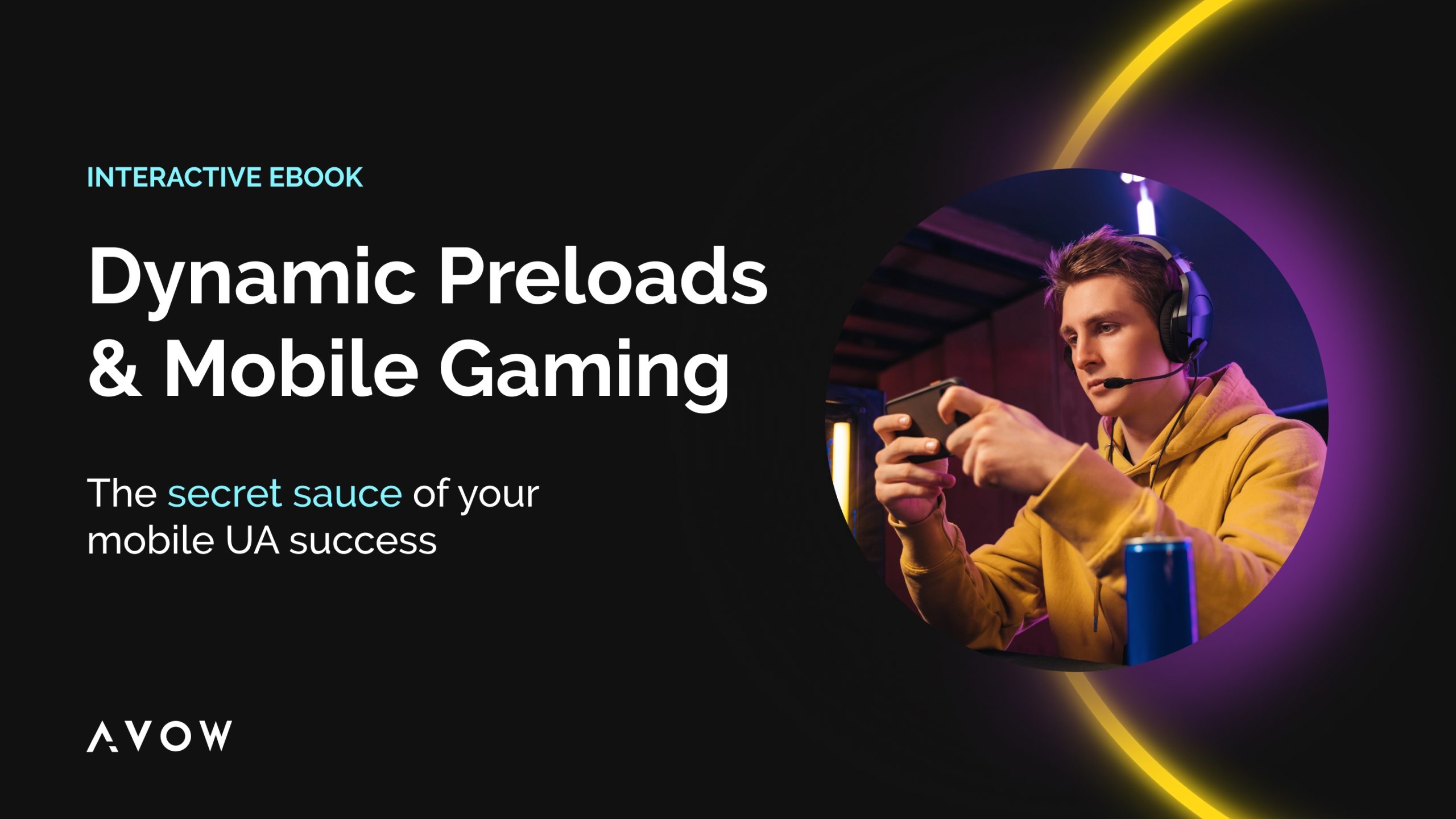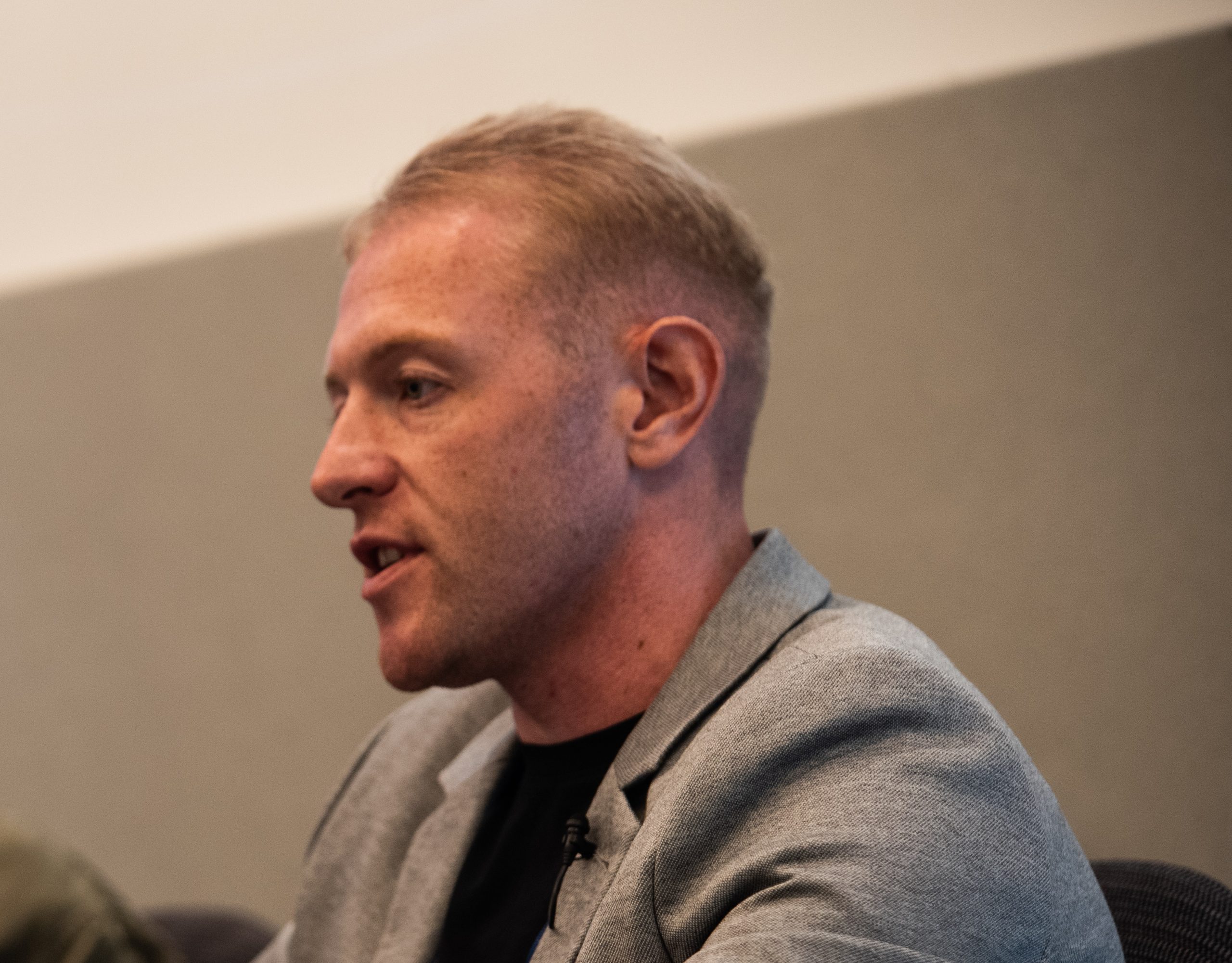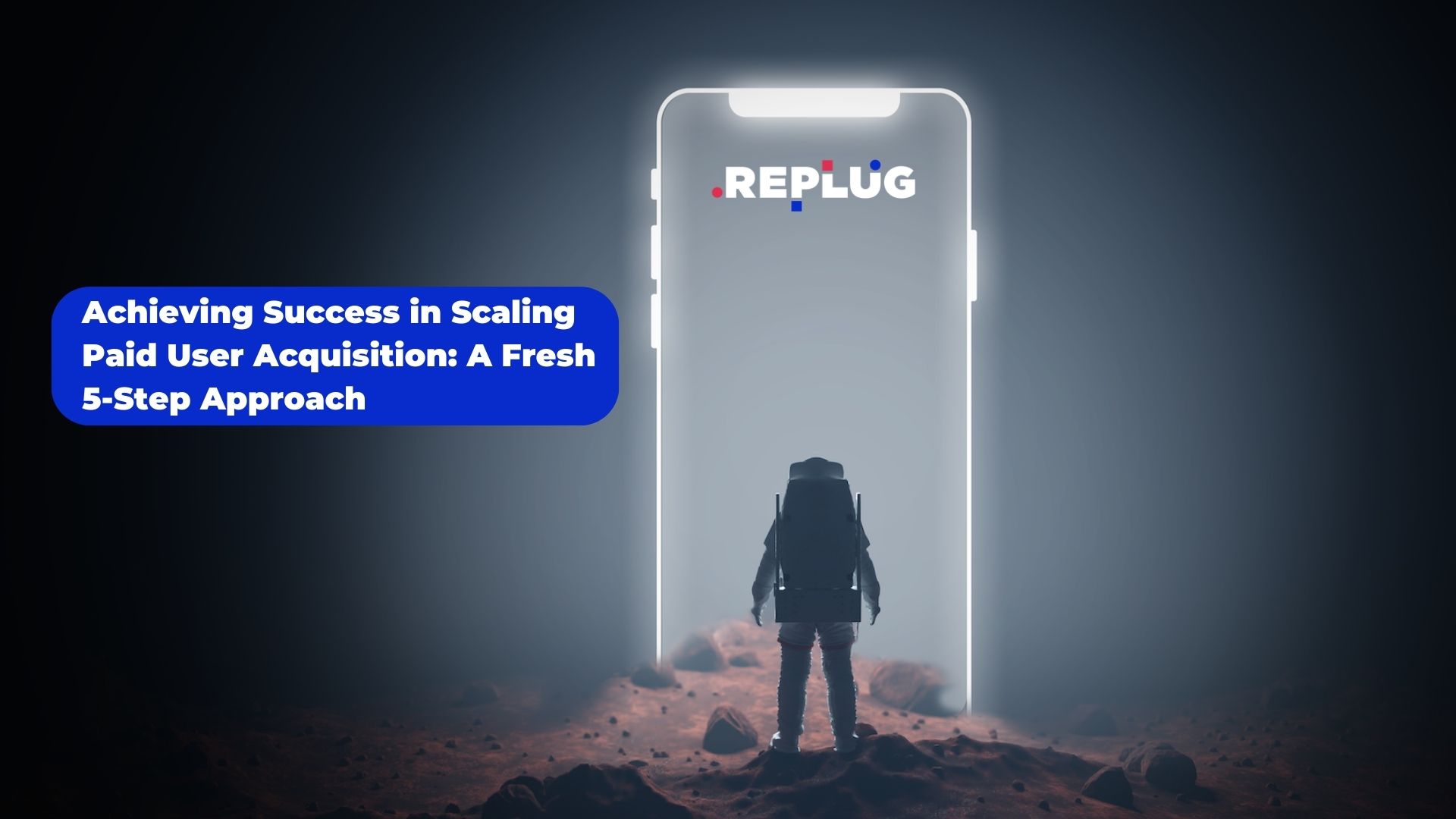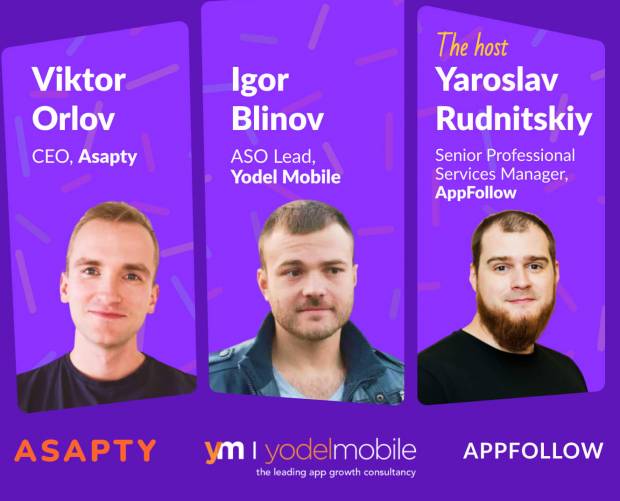 If you are reading this piece, you are likely taking a break from monitoring your Facebook or Google+ feed. You are not alone. Facebook, for instance, has over 800m users, and more than half of US internet time is spent on the social network.
If you are reading this piece, you are likely taking a break from monitoring your Facebook or Google+ feed. You are not alone. Facebook, for instance, has over 800m users, and more than half of US internet time is spent on the social network.
What is it that we are doing on Facebook and Google +? We are devouring content that is personalized to us. Now, even the news spreads virally straight from our friends. In fact everything is personalized. TV is now Netflix. Pandora, with over 100 million users is in the lead to replace radio, followed by Rhapsody and Spotify.
If all content is personalized, then why not advertising? The average American is exposed to as many as 5,000 marketing messages a day, according to marketing firm, Yankelovich. How nice would it be to see messages just for us?
From broadcasting to engagement
Our relationships with brands have changed. The old certainties of marketing are losing relevance. Advertising has moved from broadcasting to engagement. People expect more from a brand than emotion brought on by nostalgia. And, given the intimate nature of the mobile devices we spend the most time with, we most certainly expect a very personal experience on our smartphones and tablets. Marketers can no longer get by with broadcasting one message to anonymous impressions.
In the days of the three-hour martini-soaked lunch, and even till very recently, ad agency execs would sell a brand through storytelling, comedy, desire, or nostalgia. The buck stopped at branding, which back then was all about the initial point of introduction. Nowadays, marketing is all about engagement, utility and follow through.
The first step to engagement marketing is acquiring the contact information of interested consumers. The next step is providing them with useful, actionable and relevant information. Be it Southwest Airlines building a newsletter list, the ASPCA looking to build out a Facebook and Twitter community or Pepsi moving money away from the Super Bowl to building the Pepsi Refresh site, there is huge advertiser demand for building online brand communities. This trend is readily evident in the IAB Internet spending reports for the last three years, where performance based advertising has gained share at the expense of impression based advertising models.
Relevant communications
Continuing the conversation beyond the initial hook of a branding campaign has two benefits. First, a stream of relevant communications increases the positive feelings towards a product or service – which is the essence of branding. Engagement marketing also provides tangible ROI for marketers. According to a June 2010 study done by Syncapse, an average Facebook fan is apparently worth about $136.38. For some very successful social marketers, the value can be dramatically higher.
However, with great opportunity comes great responsibility. For personalized advertising to survive, user trust will be key. Heres where privacy plays an important role. If you want something of value from a user, such as contact information, ask. And, also important, give them a good reason to do so. Aim to build trust in a transparent way and more often than not, they’ll say yes. In fact, according to Apple, 50 per cent of tablet users willingly opt in to share contact information with publishers using Apple’s in-app subscription service. As personalization proliferates, this consumer willingness will only increase.
Zephrin Lasker is CEO of Pontiflex
















